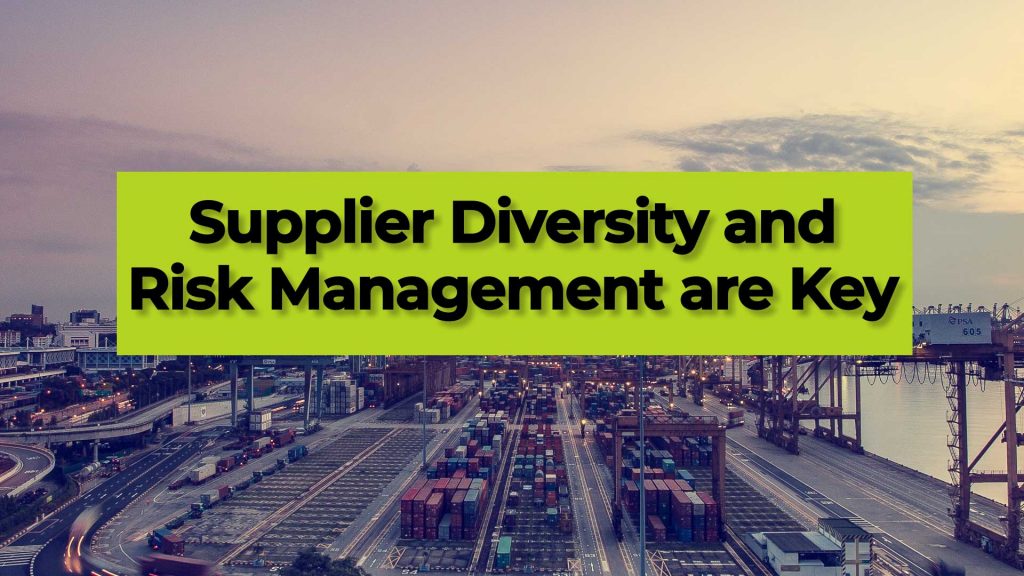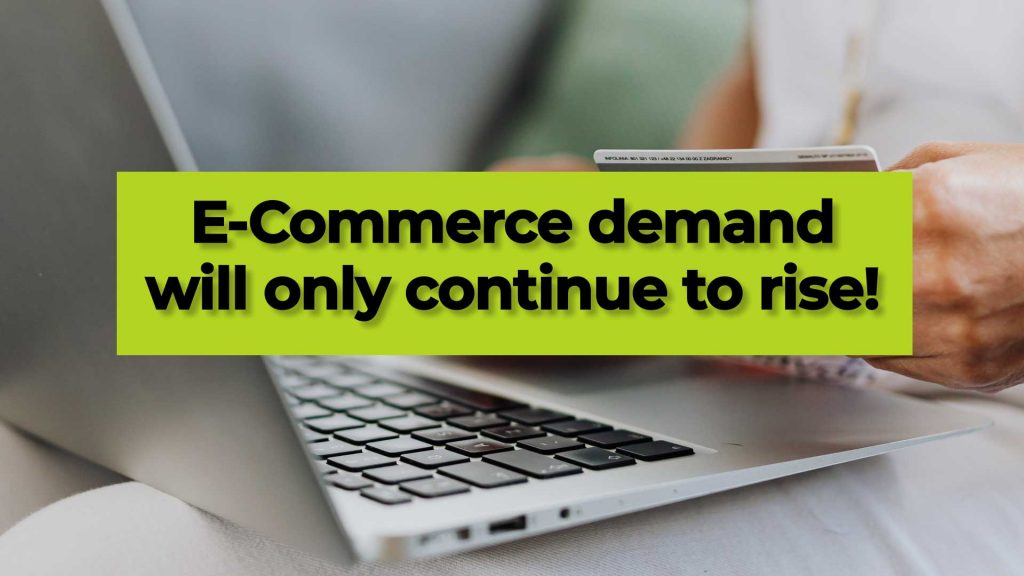2020 put more pressure on supply chains and businesses in general than probably any year in recent history. We’ve already looked at some of the most important supply chain news headlines from 2020, but now let’s take a look at the most important logistics and supply chain lessons from 2020 that supply chain managers will keep in mind throughout 2021.
Resilience and a Focus on Risk Management
A huge emphasis going forward will be on supply chain diversity and resilience of operations if a supplier suffers a shutdown. While many large firms, such as Apple or Mazda already heavily take this into account, 2020 proved too much even for their risk management teams. In 2020, both had key suppliers in China that shut down early during the COVID-19 pandemic which put immense strain and resulted in shortages of product. Going forward, both firms will be much more focused on the continuance of operations if a disruptive event should occur.
For small companies, they will be much more mindful of the risk associated with relying on only one or two foreign suppliers for a majority of parts or finished products. Many companies will seek to diversify their supplier base and potentially move production from one supplier to two or more. Another important component of risk mitigation is the mitigation in the political sense. For large tech firms, several are seeking to diversify their supplier base from solely relying on China, this is for all the reasons mentioned above but also motived by risk mitigation due to potential political inference.

Visibility
As supply chains become larger with more and more suppliers supplying a larger number of parts, then more products being shipped to more retail or distribution centers, managing the supply chain becomes increasingly complex and costly. One of the most basic questions that can be tricky to always answer is “ where is shipment 123?”, this problem in it of itself is driving many supply chain providers to invest in visibility tools. Many GPS based apps and scanning equipment paired with effective TMS or dashboard style logistics providers can drastically help to reduce the uncertainties of where freight is. Of course, even this becomes more complex for freight that is moving internationally between multiple countries.
Better Technology Integration
Technology is rapidly advancing within the supply chain industry as many players within the industry decide to invest in building or buying technology solutions that increase the efficiency of their operations. The increase in technology is great, but as it’s becoming clear, no supply chain works completely independent of others. The natural need for technology to communicate between firms and integrate into various internal and external software systems has proved a challenge for the many approaches to data and software within the industry. An example might be that a domestic retailer’s TMS can correctly communicate with their logistics partner’s TMS system resulting in frustration in the “barrier”.
As legacy systems such as EDI flat file and FTP systems lose favor to the much more widespread API systems of communication, firms running legacy software must upgrade their system to communicate with more recent software systems.
The preference of many firms to use cloud software is also a trend that will continue, particularly for smaller and medium-sized businesses, utilizing cloud software is a much easier method of deploying tech solutions.
2021 will be a year of API development for many firms and the growth, if not a downright preference for cloud-based solutions.
More Accurate Forecasting and Analytics
Data analytics and forecasting have become much more accessible for smaller firms, with a multitude of inexpensive, and free business software services for a wide range of business needs now available. 2020’s forecasting and demand analytics were largely blown out of the water with the coronavirus pandemic, but going into 2021, it’s more important than ever for businesses to accurately predict their demand. This gives businesses the power to be more financially intelligent and not waste funds on unneeded inventory or miss out on sales from having too little inventory.

E-Commerce is Only Going to Grow
At the start of 2020, most would not have believed that nearly every small restaurant and local business would within 6 months offer some sort of curbside or online-based ordering. With much of the population preferring to buy from home, instead of making in-store purchases, the stage was set for e-commerce sales to represent a greater percentage of overall commerce than ever before.
This is a trend that is solidified and will only continue to grow into 2021. Simply put, your business is missing out if you don’t make it as easy as possible for your customers to buy from you digitally. This also means you need to be more savvy when it comes to digital marketing. Your competitors are all-embracing digital ads, email marketing and social media marketing, if you want to complete, you need to as well.
And with it comes returns.
Reverse logistics is essentially the fancy industry term for returns. While this might seem a non-issue, when firms are selling more e-commerce than ever before, returns will also be higher than ever before. The amazon effect has also driven returns higher due to Amazon’s quick and easy return policy.
Returns are generally an afterthought for many businesses, but with return prices being higher than you might think, many are putting together well thought out procedures for how to handles returns. Certainly for larger items like TVs or appliances, planning how your returns will work is even more important.
Better Emergency Planning
How many small and local businesses really had a well thought out set of emergency procedures beyond someone having a medical emergency or something like a fire? The answer is not many, and even fewer had any sort of “pandemic plan”. Well, that is changing, as 2020 put pressure on many firms to quickly develop the procedures needed to have many team members work remotely at home or provide safety precautions for those that are required to work on-premise.
Firms large and small will look back at 2020 and flesh out their emergency planning procedures will real-world experience so that in the hopefully unlikely situation another pandemic occurs, firms will have a game plan to maintain operations more effectively.
Conclusion
With an industry as diverse and widespread as the supply chain industry, there will always be something that is putting pressure on the supply chain indstury or creating discruption. Regardless of if it’s a natural disaster, political event, or one of the countless other potential events, your business relies heaily on it’s supply chain to maintain revenue and financial
About Zmodal
Zmodal provides comprehensive supply chain solutions that are data based and focused on optimizing your supply chain logistics plan for better reliability and efficiency. We focus on a multimodal approach to building resiliency that is backed by a first class team that provides 24/7 support and the technology to keep your supply chain connected and visible. Our technology provides shippers easy access to convert over the road freight to intermodal. If you want to talk or want a completely free initial consultation, give us a shout!



